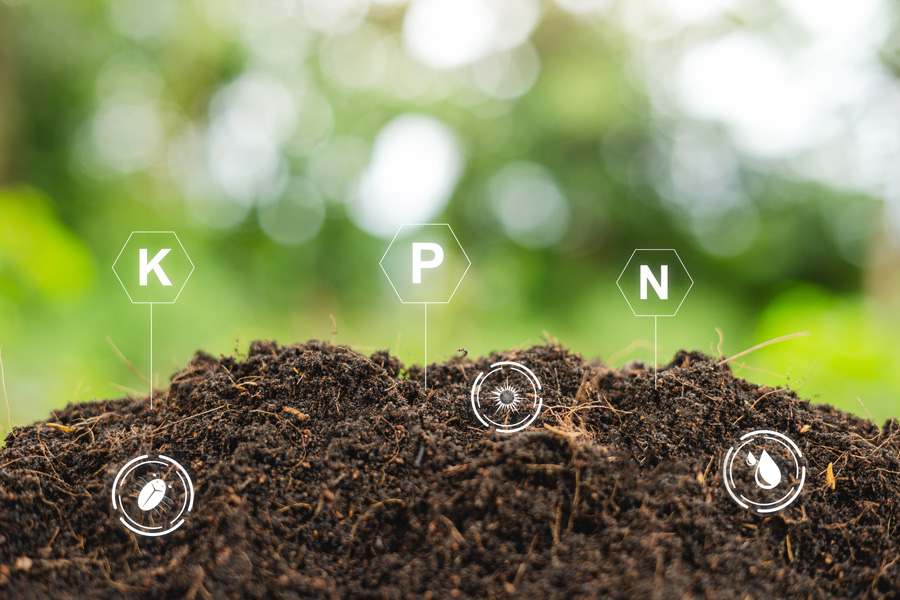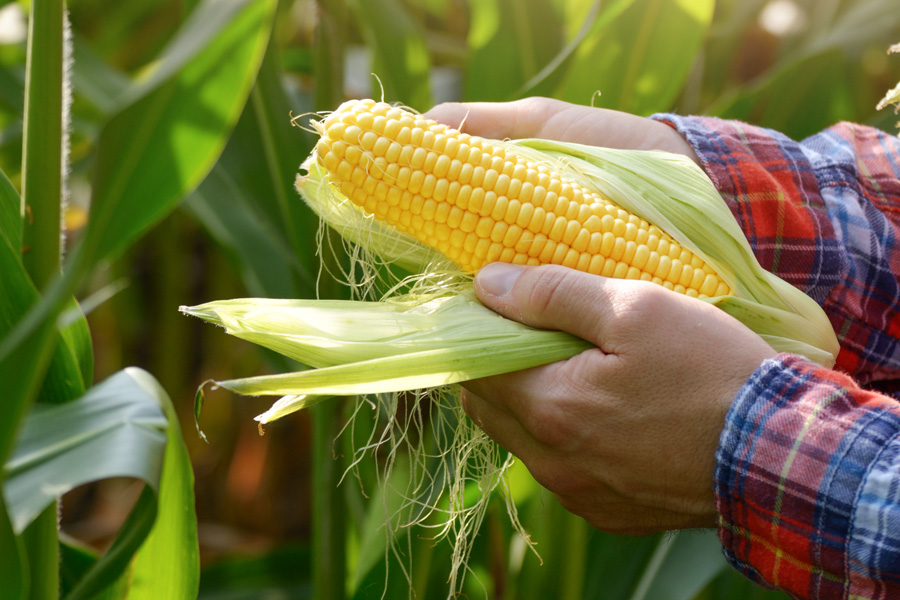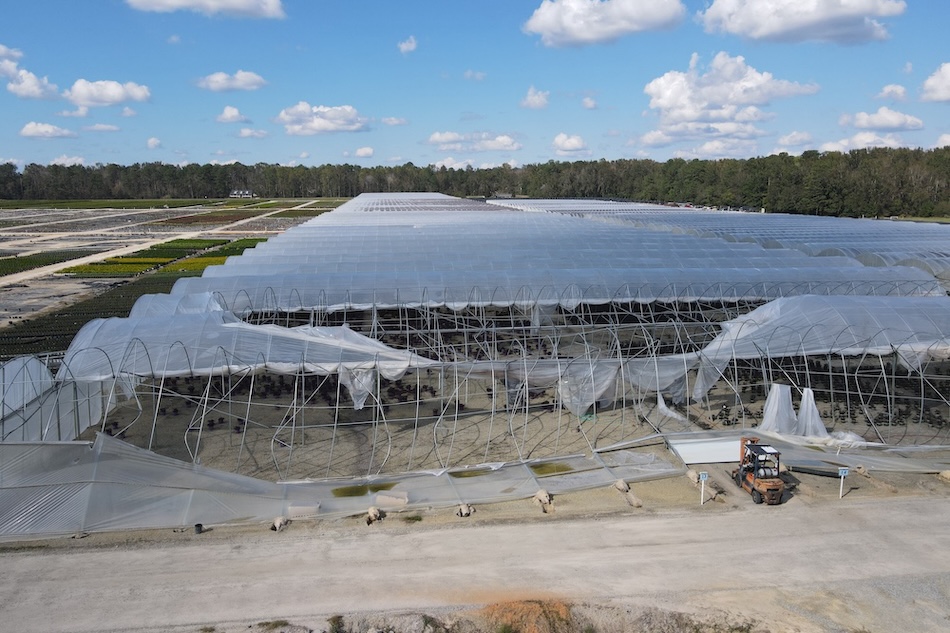While site-specific soil sampling can improve field management, it must be accompanied by the conscientious collection and analysis of data. The new technologies that have elevated precision agriculture into the forefront of farm management cannot offset poor data collection and soil-testing techniques. Inaccurate data on soil properties will inevitably lead to improper management decisions.
This bulletin addresses three primary factors that can affect the precision management of soil fertility: 1) collecting proper soil-sample cores and the consequences of improper soil sampling, 2) breaking the field into smaller management areas, and 3) differences in test results and recommended application rates between soil-test laboratories. A step-by-step procedure is then presented on how to use variabl e yield goals to develop field maps showing variable application rates o f fertilizers and lime.

Published by University of Georgia Cooperative Extension. For more information or guidance, contact your local Extension office.
The University of Georgia College of Agricultural and Environmental Sciences (working cooperatively with Fort Valley State University, the U.S. Department of Agriculture, and the counties of Georgia) offers its educational programs, assistance, and materials to all people without regard to age, color, disability, genetic information, national origin, race, religion, sex, or veteran status, and is an Equal Opportunity Institution.
Status and Revision History
- Published on January 1, 2002
- Published on February 20, 2009
- Published on May 14, 2009
- Unpublished/Removed on March 1, 2015
- Published with Minor Revisions on March 12, 2016
What is a Bulletin?
Bulletins represent a major writing effort and cover a broad subject area. They address individual topics in a particular discipline for a specific commodity.
Written and Reviewed by Experts
This resource was written and reviewed by experts. Click below for more information on how we produce science you can trust.







